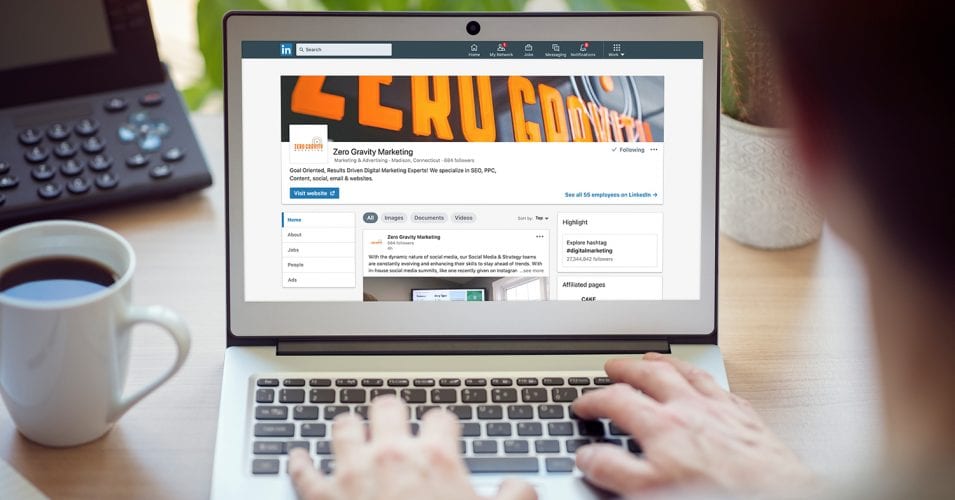Since 2018, LinkedIn has seen increasingly high levels of engagement. These record-breaking analytics are reportedly related to algorithm changes that the platform has implemented in an attempt to boost user activity. In June 2019, LinkedIn outlined some of the updates it’s made to its feed distribution algorithm.
Let’s take a closer look at how the LinkedIn algorithm has changed and what it means for business pages.
Major Changes & Updates
In October 2018, LinkedIn announced its displeasure in finding that its activity metrics were significantly geared toward top users. These analytics showed that users with fewer followers were essentially being ignored.
In response, LinkedIn updated its algorithm in an attempt to maximize activity among users. The new model redistributes about eight percent of feedback for its top 0.1 percent of creators to the bottom 98 percent. Essentially, this gives less weight to viral content, allowing posts to show up at the top of the feed only if a user is likely to engage with them. LinkedIn explained that top creators wouldn’t notice the change because they get so much activity on their posts already.
The new algorithm works by taking into account several signals, including:
- Your connections
- Who you interact with
- Your colleagues
- Who you share interests and experiences with
Since the new algorithm was implemented, the platform reports that more diverse content is appearing in feeds. At the same time, creators are posting more due to high rates of engagement. In fact, users who receive at least 10 likes on a post are 17 percent more likely to create additional content the following week than those who get fewer.
The Ranking Process
The LinkedIn model is composed of four levels of filtering, which it uses to show certain posts over others in user feeds. The first filter analyzes posts for quality. As soon as users post content on the platform, the machine learning model determines whether it is high-quality, low-quality, or spam.
The next level of filtering is engagement. LinkedIn monitors posts for likes, shares, and comments. Passing this stage of the vetting process is vital for content to reach more people and remain visible in the feed longer.
Third, the model determines the credibility of content creators. In general, LinkedIn takes into account how long the creator has been posting engaging content that drives conversations. It also considers whether the user’s network will enjoy the specific post.
The final filter for feed content involves a human touch. While bots automate the first three levels, LinkedIn employees complete the last filtering process. During this phase, editors review the content to decide if it should keep showing up in user feeds. They also determine whether it should be highlighted in a specific channel.
How Businesses Can Benefit from LinkedIn’s Algorithm Updates
The new LinkedIn algorithm could mean more reach and activity for content posted by business pages. With higher engagement levels than ever before, brands will likely find it easier to build their presence on the platform. They can further maximize their performance by understanding how the new model works and adjusting their strategy to accommodate for it. By posting content that encourages responses from followers and tagging others who will engage in the conversation, businesses can increase their reach on the platform.
Maximize Your LinkedIn Presence with Help from a Dedicated Team
Ready to reap the rewards of LinkedIn’s new algorithm? Zero Gravity Marketing is here to help you develop an effective social media strategy. For more information about our services, contact us today!









